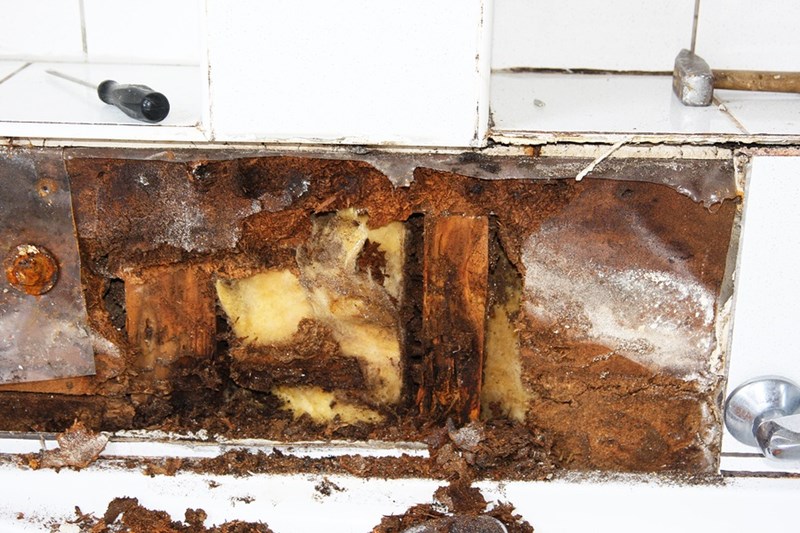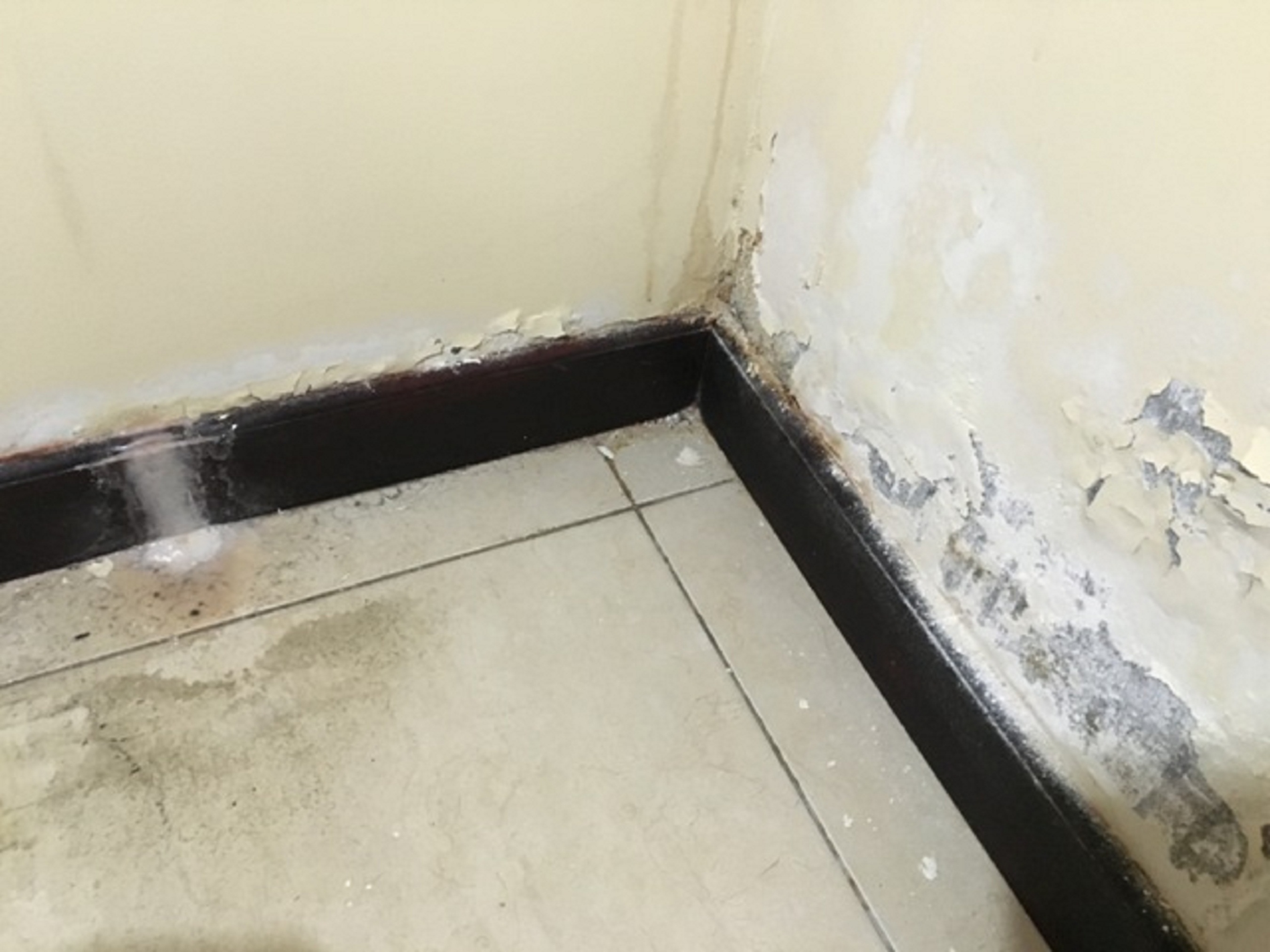Just How to Help Prevent Water Damage in Your Bathroom
Book A Service CallWe have stumbled upon this post on How to Fix a Water Damage Bathroom below on the net and felt it made perfect sense to talk about it with you on this page.

The shower room is very at risk for moist build-up and also potential water damage because of the regular use of water in it. This post supplies simple evaluation methods to help finding water damages hazards.
The frequent use of water in the washroom makes it extremely susceptible for damp build-up and also possible water damage. By examining it regularly, you can reduce water related damages.
The complying with collection of examinations is very easy to perform and also should be done once in every three months in order to keep your restroom in good shape and to prevent potential water damages triggered by the tub, the shower, pipe joints as well as plumbing, sinks, cupboards, as well as the bathroom
Do not disregard doing these examinations and be extensive while doing them. Bear in mind that these easy evaluations can save you a lot of money by providing early indications for water damages
Bath tub and also Shower
The shower and bathtub require special focus and also upkeep. Inspect the ceramic tiles as well as replace if cracked. Make sure that there is no missing cement between the tiles. Inspect and also change split caulking at joints where the walls meet the floor or the bath tub. Obstructed drains pipes as well as pipes problems will protect against the bath tub from drying and might show severe issues beneath the bath tub. Seek advice from an expert right away to prevent architectural damage. Pay attention to stainings or soft locations around the bathtub wall surfaces as they might suggest an internal leakage.
Plumbing
Signs for water damage are tough to find considering that a lot of pipes are mounted inside the walls.
Pay special focus to flooring and also wall surfaces moisture and also spots as they may show an undetectable plumbing trouble. Inspect moisture degrees in adjoining areas also.
Sinks and Cabinets
Sinks as well as cabinets are revealed to wetness and also moisture daily as well as are often ignored. Inspect on a regular basis under the sink and on the counter top above it. Fix any drip in the catch as it may recommend drain issues. Browse the sink, slow draining pipelines may suggest a blocked drainpipe. Replace sink seals if they are split or loosened.
The Bathroom
The commode is a susceptible water joint. Check the water lines and also look for leakages around the bathroom seat, in the tube, and under the water container. If you detect any type of indicators of wetness on the flooring around the toilet, check for leakages in the toilet rim and storage tank seals.
Realize that hanging toilet dish antiperspirants enhances the opportunities for clogs.
TIPS TO PREVENT WATER DAMAGE IN THE BATHROOM
The average household uses approximately 80-100 gallons of water per person per day. For a family of 4, that's almost 2,500 gallons of water a week! The largest portion of this consumption comes from bathroom use. Flushing the toilet uses the most water, followed by taking a shower or bath. With that much water running through the home, water damage in the bathroom is bound to happen. Knowing how to spot signs of a water leak is essential to preventing long-term damage. This guide provides you with tips to reduce the impact of water damage on your bathroom.
CAUSES OF BATHROOM WATER DAMAGE
Pipe breaks are the most common cause of water damage we see in our daily jobs. The age of a pipe plays a large role in a pipe break as well as corrosion. Over time, the metal begins to break down, allowing water to escape. Frozen pipe breaks are also a concern in the winter months. Toilet overflows caused by paper products or children flushing inappropriate items. Degraded caulking around the toilet or bathtub can allow water seepage, sometimes behind the fixture, into the subfloor or walls. Condensation forms when the water in a pipe is cooler than the air temperature. Beads of water form on the exterior of the pipes, sometimes so much so that the water begins to drip and pool below. Sink or shower backups created by poor drainage. HOW TO PREVENT WATER DAMAGE IN YOUR BATHROOM
Inspect your toilet supply line for worn or frayed hoses and replace them as needed. Winterize your plumbing to prevent a frozen pipe break. Use vent fans to prevent condensation that can lead to mold growth. Routinely check and replace degraded caulking around your toilet or bathtub. Increase the temperature in your toilet tank and insulate your pipes during the warm summer months to keep condensation from forming. Use child safety locks on the toilets. Flush only toilet paper. "Flushable" wet wipes are actually not good for your plumbing system. Additionally, feminine hygiene products should not be flushed. Prevent water from escaping the tub or shower. Make sure shower curtains are in good condition. Inspect shower doors and replace the seal strip if necessary. Wipe up any water that accumulates on the floor and use bath mats. Water left to sit can cause damage to the tiles and flooring. Refrain from using bath products containing heavy oils to avoid a clogged drain.

We hope you enjoyed our post on How to Prevent Bathroom Water Damage. Thanks a ton for spending some time to browse our piece. So long as you appreciated our blog post kindly remember to share it. We recognize the value of reading our article about Common Causes of Water Damage in a Bathroom.
Check This Out